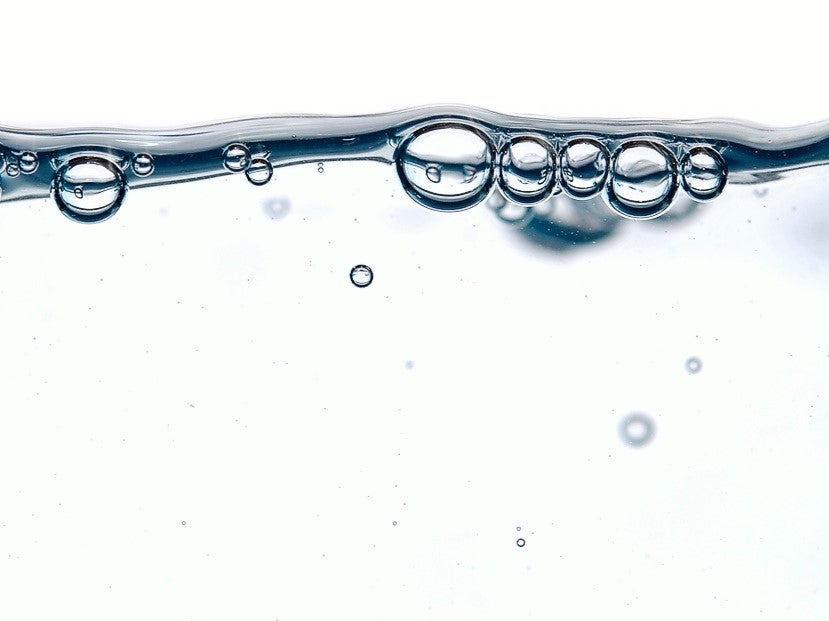Magnets can be used to make oxygen for astronauts, scientists reveal
Magnets could replace costly and bulky centrifugal system currently used on ISS

Scientists have figured out a way to produce oxygen for astronauts using magnets.
Researchers at the University of Warwick formed part of an international team that came up with a technique to turn water into oxygen within a zero-gravity space environment.
Astronauts aboard the International Space Station (ISS) breath oxygen generated using a process of electrolysis that splits water into hydrogen and oxygen, however this method would not be suitable for interplanetary space travel.
“On the International Space Station, oxygen is generated using an electrolytic cell that splits water into hydrogen and oxygen, but then you have to get those gasses out of the system,” said Álvaro Romero-Calvo, a recent PhD graduate from the University of Colorado Boulder.
“A relatively recent analysis from a researcher at Nasa Ames concluded that adapting the same architecture on a trip to Mars would have such significant mass and reliability penalties that it wouldn’t make any sense to use.”
The current method for the low-gravity environment of the ISS involves centrifuges to force the gasses out, but the machine is large and requires significant mass, power and maintenance.
The new technique demonstrated in the study, published in Nature’s affiliated NPJ Microgravity journal, shows that the same process is possible using magnets.
“Efficient phase separation in reduced gravitational environments is an obstacle for human space exploration and known since the first flights to space in the 1960s,” said Dr Katharina Brinkert of the University of Warwick Department of Chemistry.
“This phenomenon is a particular challenge for the life support system onboard spacecraft and the ISS as oxygen for the crew is produced in water electrolyzer systems and requires separation from the electrode and liquid electrolyte.
“These effects have tremendous consequences for the further development of phase separation systems, such as for long-term space missions, suggesting that efficient oxygen and, for example, hydrogen production in water (photo-)electrolyser systems can be achieved even in the near-absence of the buoyant-force.”
Join our commenting forum
Join thought-provoking conversations, follow other Independent readers and see their replies
Comments
Bookmark popover
Removed from bookmarks